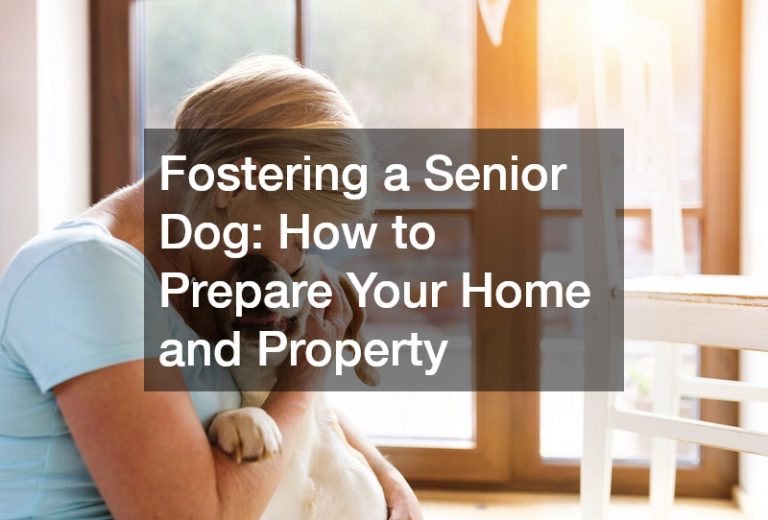As a pet owner, it’s important to be aware of potential hazards in and around your home that could harm your furry friend. Here are the common dangers to keep an eye out for.
Electrical cords
Many people don’t realize that electrical cords can pose a serious hazard to their pets. Chewing on cords can not only damage the cord, but it can also cause shock or electrocution. Pets can also become entangled in cords, leading to injuries or strangulation.
To keep your pet safe, always keep electrical cords out of reach and supervise them when they are near cords. If you notice your pet chewing on cords, provide them with chew toys or spray the cord with bitter apple spray to deter them. Regularly check cords for signs of damage, and replace any damaged or frayed cords immediately.
Cleaning products
Did you know that the cleaning products you use around your home could be a hazard to your furry friend? Many common household cleaners contain chemicals that can be toxic to pets if ingested or come into contact with their skin. So, what can you do to protect your pet from these hazards?
First, store all cleaning products out of reach of your pet. If possible, keep them in a locked cupboard or closet your pet can’t access. Second, always read the labels of cleaning products carefully before using them. Avoid products that contain potentially harmful chemicals, and always follow the instructions for use. Finally, consider investing in pet-safe cleaning products. These products are specially formulated to be safe for use around pets, and they can give you peace of mind when cleaning your home.
Stairs

Stairs can pose a particular threat to animals, who may not be able to navigate them safely. Pets can fall and injure themselves on stairs or become trapped and unable to get back down. In some cases, animals may even fear stairs and refuse to go near them.
To keep your pet safe, it’s important to take some simple precautions. First, ensure that your stairs are in good repair, with no loose boards or carpeting that could trip up your animal. Also, keep any doors leading to stairs closed so your pet can’t accidentally wander onto them. And finally, supervise your pet when they are near stairs so you can intervene if necessary.
Gutters
Gutters are another common hazard that can pose a risk to pets. If neglected, gutter systems can become clogged and lead to water damage around your home or yard. In addition, gutter debris can be dangerous for animals who may accidentally eat it or get caught in it.
To prevent gutter-related hazards, employ the help of a gutter installation service provider. They can regularly clean and maintain your gutter system, ensuring that it remains debris-free and properly functions. They can also inspect your gutter system for any areas of damage or wear and make the necessary repairs. And if your gutters need replacing, they can suggest new gutters and install them. Additionally, keep gutter systems away from pet-friendly areas like play spaces and food bowls, as these can attract animals to climb onto them.
Medications and certain foods
Medications, both prescription and over-the-counter, can be very dangerous if ingested by a pet. Even common household cleaners and chemicals can be toxic. It’s important to keep all medications and chemicals out of reach of your pets.
There are also many foods that are safe for humans but dangerous for pets. Chocolate is one of the most well-known, but other common foods like onions, grapes, and coffee beans can also be toxic to pets. Keep these foods out of reach of your pets, and never give them table scraps. If you think your pet has ingested something poisonous, call your veterinarian or the ASPCA Animal Poison Control Center immediately.
Outdoor plants
Finally, outdoor plants can pose a danger to your pet if they are toxic. Some common examples include lilies, poinsettias, and azaleas. Be sure to research any outdoor plants you plan on bringing into your home to avoid exposing your pet to dangerous chemicals or toxins.
Additionally, you should also take steps to keep your pet safe when they are outdoors. This may include using a leash or fence to prevent them from wandering away, being mindful of sources of water that could be toxic to animals, and avoiding areas that may have dangerous wildlife like snakes and coyotes.
By being aware of these common hazards around the house, you can help keep your pet safe from harm. If you have any concerns or aren’t sure about something, always err on the side of caution and consult with your veterinarian for peace of mind.





